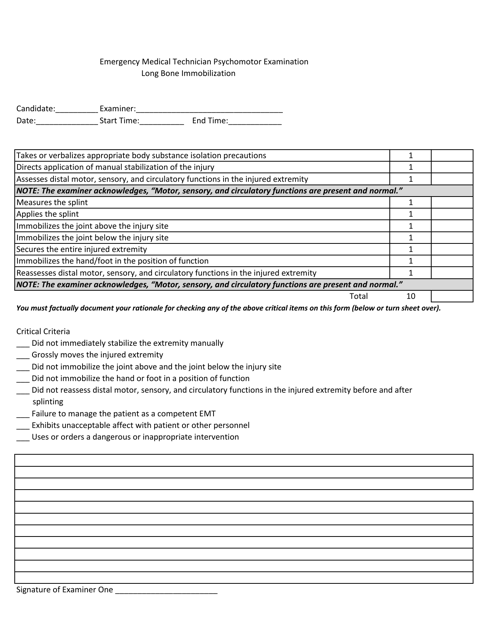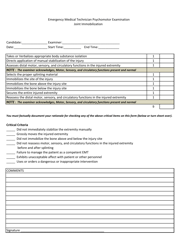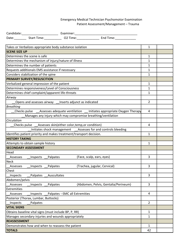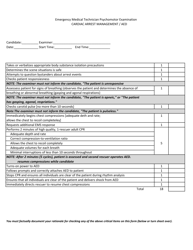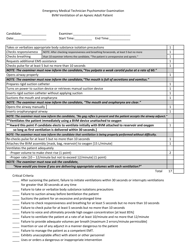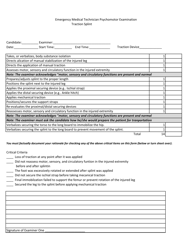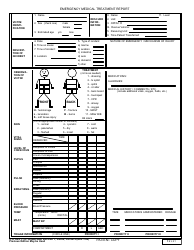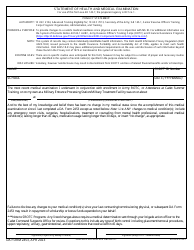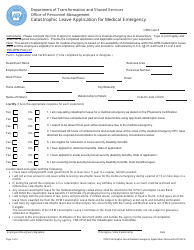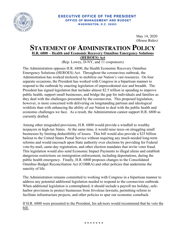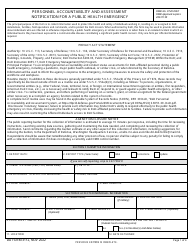Emergency Medical Technician Psychomotor Examination - Long Bone Immobilization - Arkansas
Emergency Medical Technician Psychomotor Examination - Long Bone Immobilization is a legal document that was released by the Arkansas Department of Health - a government authority operating within Arkansas.
FAQ
Q: What is the Emergency Medical Technician Psychomotor Examination?
A: The Emergency Medical Technician Psychomotor Examination is a practical skills test for aspiring EMTs to demonstrate their abilities in various emergency medical procedures.
Q: What is Long Bone Immobilization?
A: Long Bone Immobilization is a technique used to stabilize and immobilize a fractured or injured long bone, such as the femur or humerus, to prevent further damage and reduce pain.
Q: Why is Long Bone Immobilization important?
A: Long Bone Immobilization is important to prevent further injury or complications in a person with a fractured or injured long bone. It helps reduce pain and maintain the alignment of the bone for proper healing.
Q: How is Long Bone Immobilization performed?
A: Long Bone Immobilization is typically performed by applying splints or rigid devices, such as traction splints or SAM splints, alongside padding and bandages to stabilize the injured bone.
Q: Who can perform Long Bone Immobilization?
A: In Arkansas, trained Emergency Medical Technicians (EMTs) are authorized to perform Long Bone Immobilization as part of their scope of practice.
Q: Is Long Bone Immobilization painful?
A: While Long Bone Immobilization may cause some discomfort, the primary goal is to relieve pain and prevent further damage by stabilizing the injured bone.
Q: What are the potential risks of Long Bone Immobilization?
A: There can be potential risks associated with Long Bone Immobilization, such as improper alignment, circulation issues, and nerve damage. It is important to receive proper training and follow established protocols to minimize these risks.
Form Details:
- The latest edition currently provided by the Arkansas Department of Health;
- Ready to use and print;
- Easy to customize;
- Compatible with most PDF-viewing applications;
- Fill out the form in our online filing application.
Download a printable version of the form by clicking the link below or browse more documents and templates provided by the Arkansas Department of Health.
